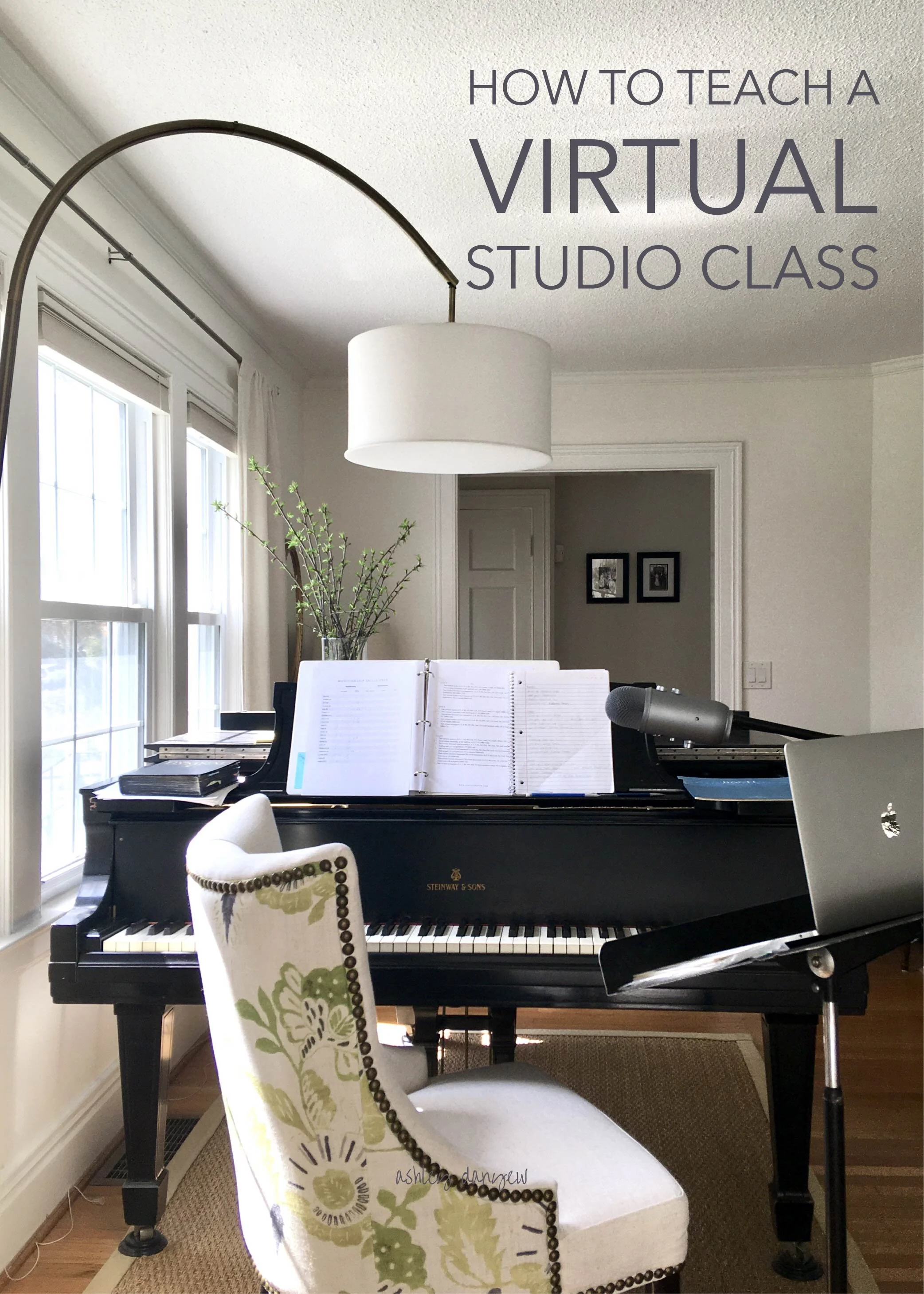This year has brought some unprecedented challenges and the global pandemic has changed the way choirs and musical ensembles gather and make music together. Many choirs moved to online rehearsals this spring, using Zoom or Facebook Live to stay connected and try to continue making music the best they could. But with the technology we have available to us and unpredictable internet speeds at home, we’ve all learned that it’s really not possible to sing or play together in real-time.
Today, I’m sharing some helpful digital tools and resources that can be used in online choir rehearsals (synchronous or asynchronous) or in-person, if and when you’re able to return to that. You’ll find digital tools, game ideas, teaching strategies, and curriculum resources that were designed especially for distance-learning situations.
















